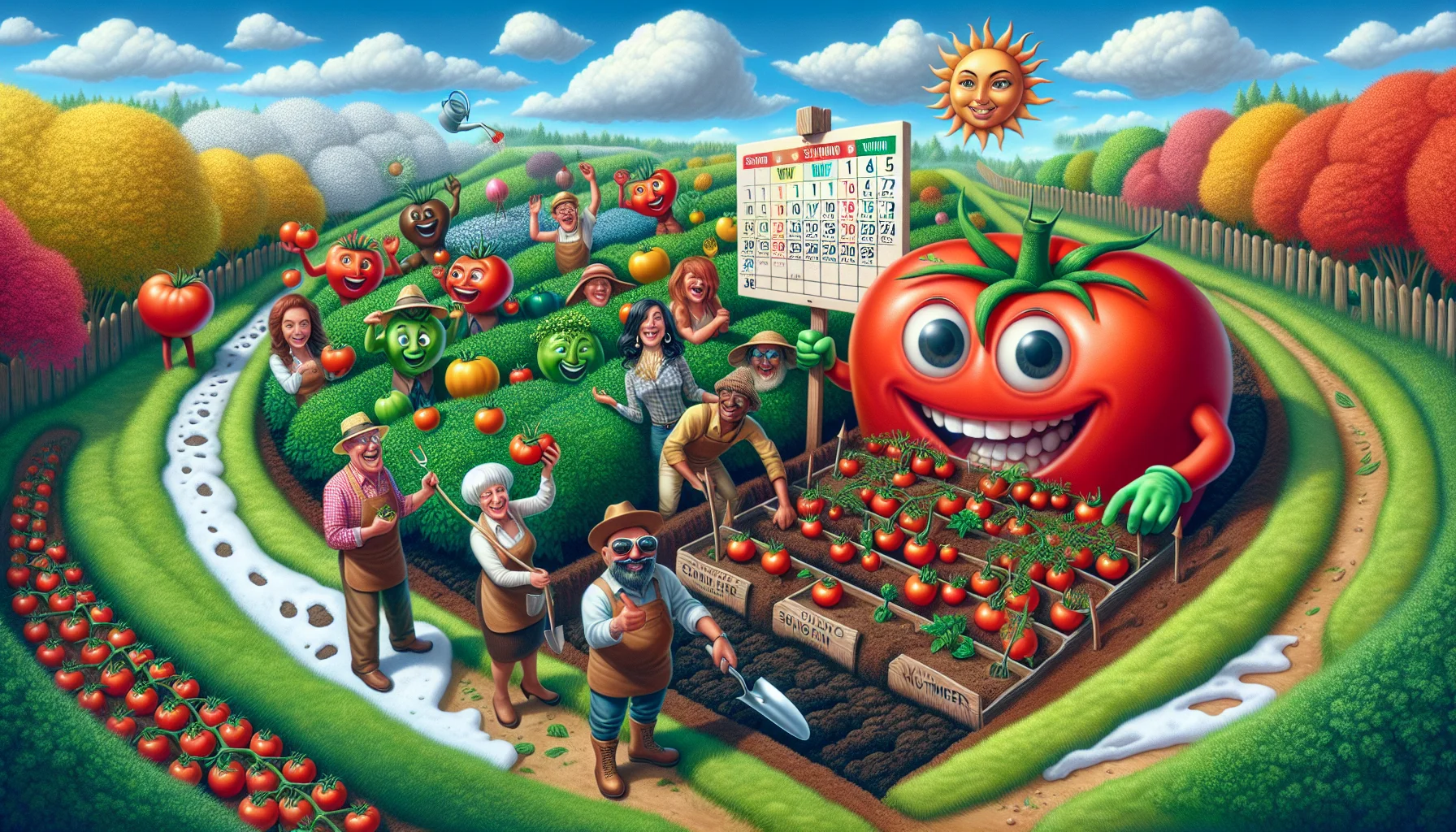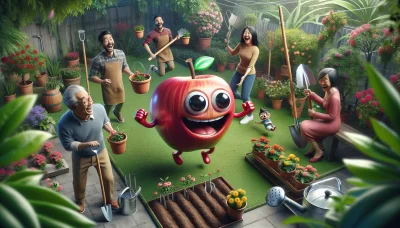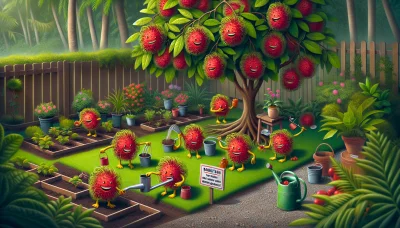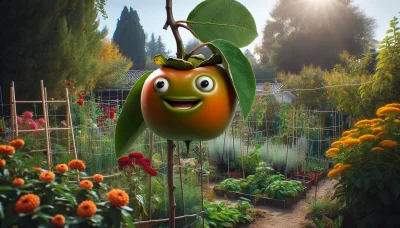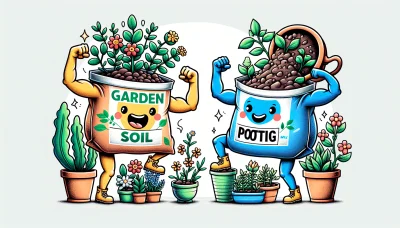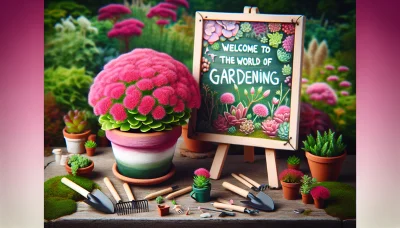When should you plant tomatoes Quiz
Test Your Knowledge
Question of
When Should You Plant Tomatoes?
Timing is crucial when it comes to planting tomatoes. To ensure a successful harvest, it's important to plant your tomatoes at the right time of year. This allows them to benefit from optimal growing conditions, including the right balance of temperature, sunlight, and moisture. Understanding the specific needs of the tomato plants in your region can make all the difference in achieving a bountiful crop.
Understanding Your Growing Zone
To find your USDA Hardiness Zone, you can easily search for it online by entering your zip code into the USDA's official zone finding tool. Knowing your growing zone is crucial for planting tomatoes because it determines the best planting times and the varieties that will thrive in your local climate conditions. Tomatoes have specific temperature and light requirements for germination, flowering, and fruit setting, which are all influenced by your zone's unique characteristics. Planting within your recommended zone ensures your tomatoes can grow healthily and yield a bountiful harvest.
The Best Time to Plant Tomatoes
- Zones 3-4: Plant indoors in late March to early April, transplant outdoors in late May to early June.
- Zones 5-6: Plant indoors in early March, transplant outdoors in mid to late May.
- Zones 7-8: Plant indoors in late February to early March, transplant outdoors in April.
- Zones 9-10: Plant indoors in January, transplant outdoors in March.
- Zones 11+: Planting times can vary greatly due to the wide range of climates and conditions. Generally, tomatoes can be planted outdoors any time the threat of frost has passed and soil temperatures have warmed sufficiently.
Starting Tomatoes Indoors
Starting tomato seeds indoors before the last frost date has several benefits that can lead to a more successful and productive growing season. By beginning the growth process inside, gardeners can get a head start on the growing season, ensuring that tomato plants have plenty of time to mature and produce fruit before the first frost of fall. This method also allows for better control over the growing conditions, such as temperature and moisture, which can be crucial for the germination and early growth of tomato plants. Additionally, starting seeds indoors can reduce the risk of disease and pest problems that are often encountered in outdoor environments. Overall, this approach can lead to healthier plants and a more bountiful harvest.
Transplanting Tomatoes Outdoors
Transplanting tomato seedlings outdoors is a crucial step in cultivating a healthy and productive tomato garden. Before moving your seedlings outside, it's essential to undergo a process known as "hardening off." This process involves gradually exposing your tomato plants to outdoor conditions to reduce shock and stress, allowing them to adapt to their new environment. Start by placing your seedlings outside in a shaded, protected area for a few hours each day, gradually increasing their exposure to sunlight and outdoor temperatures over a week. When transplanting, choose a cloudy day or late afternoon to minimize stress from direct sunlight. Dig a hole for each plant, spacing them about 2 feet apart to ensure adequate air circulation and room for growth. Bury the stem up to the first set of true leaves to encourage strong root development. Water the plants thoroughly after planting to settle the soil around the roots and help with the transition. With proper care and attention, your tomato plants will thrive in their outdoor garden space.
Caring for Tomato Plants
- Watering: Provide 1-2 inches of water per week, keeping the soil consistently moist but not waterlogged. Water early in the day to allow foliage to dry before evening.
- Fertilizing: Use a balanced fertilizer every 4-6 weeks, or as needed based on soil testing. Avoid over-fertilizing, which can promote more foliage than fruit.
- Pruning: Remove suckers that grow in the axils of leaves to encourage more fruit production and air circulation. Prune lower leaves to prevent soil-borne diseases.
Common Tomato Planting Mistakes to Avoid
| Mistake | Solution |
|---|---|
| Planting too early | Wait until after the last frost to plant outdoors. |
| Not considering sunlight | Choose a spot that receives at least 6-8 hours of sunlight daily. |
| Overcrowding plants | Space plants about 24-36 inches apart to allow for growth and airflow. |
| Ignoring soil health | Enrich soil with compost or well-rotted manure before planting. |
| Skipping support structures | Install cages or stakes at planting time to support growing plants. |
| Overwatering or underwatering | Water deeply but infrequently to encourage deep root growth. |
| Planting in the same spot every year | Rotate crops to prevent disease and pest buildup in the soil. |
